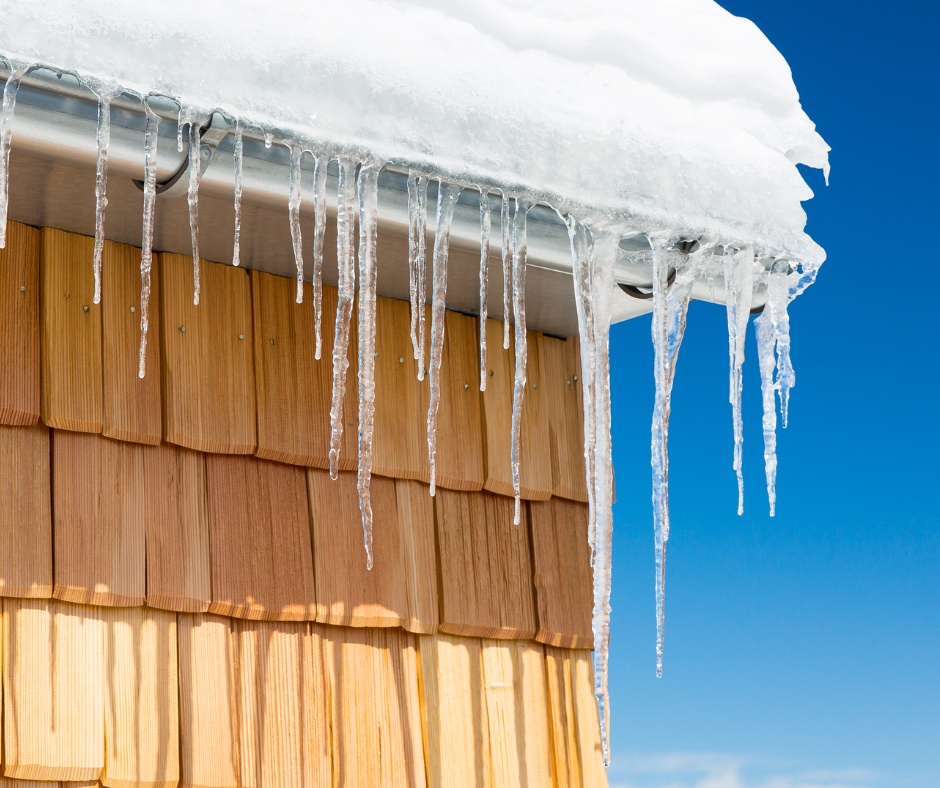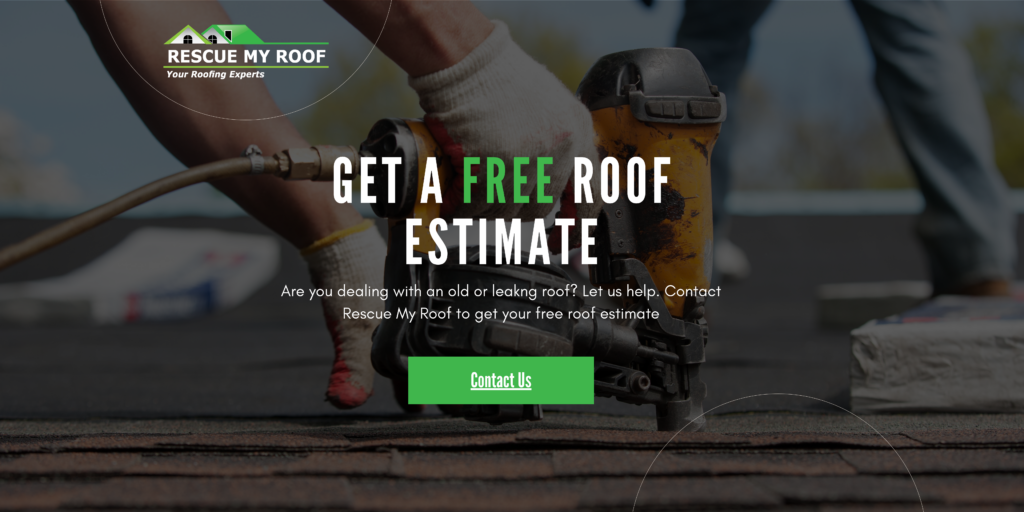How Does Proper Ventilation Prevent A Roof Leak?
Your roof is more than just a cover; it’s a crucial shield against the elements. In order for your roof to protect your home year after year, you need proper ventilation.
If your ventilation isn’t up to par, you could risk it failing – leading to rotten decking, interior water damage, and mold in your attic space.
Mold in the attic definitely isn’t ideal. Luckily, it’s completely avoidable with proper ventilation.
Rescue My Roof has served homeowners for over a decade – replacing and repairing hundreds of roofs that have been damaged due to poor ventilation. And regardless of whether or not we are the right roofing contractor for you, we want to provide the education that will save you from the same nightmare many of our clients face.
In this article, we’ll explore the vital role of ventilation in preventing roof leaks, ensuring your home stays dry and secure. By the end, you will be able to use this list to avoid future problems with the ventilation on your roof and identify any problem areas.
Ventilation’s Role in Leak Prevention

Proper roof ventilation plays a crucial role in preventing roof leaks by creating a balanced and controlled environment within the attic space.
Efficient ventilation helps manage moisture levels, a key factor in leak prevention. When warm air accumulates in the attic, it can lead to condensation, creating a breeding ground for mold and mildew.
A well-designed ventilation system, incorporating components such as soffit and ridge vents, facilitates a continuous flow of air. Fresh air enters through soffit vents, while warm, moist air exits through ridge vents, maintaining a consistent and healthy attic climate.
By addressing issues related to excess heat, condensation, and ice dams, proper roof ventilation acts as a proactive measure to extend the lifespan of the roof and safeguard against potential leaks.
Why is Ventilation Important?
Ventilation on your roof is designed so that hot, humid air does not get trapped in your attic space. Intake and exhaust vents allow air to circulate through your attic, keeping everything dry and your roof at an even temperature.
When you don’t have enough intake or exhaust vents or have insulation blocking the vents you do have, it can be a recipe for disaster.
Here are three reasons why roof ventilation is so important:
1. Moisture Management

Proper roof ventilation is a cornerstone in managing moisture levels within your attic and roofing system. When warm, humid air becomes trapped in the attic, it can lead to condensation. Over time, this moisture can compromise the structural integrity of your roof, leading to leaks.
Additionally, mold or mildew can grow in the attic space. When you have enough ventilation in your attic, the air will circulate so that the hot, humid air that creates the perfect environment for mold to grow won’t get trapped in your attic. When your ventilation is poor, mold will grow.
Having enough intake and exhaust vents to keep your space cool and dry is the most effective measure you can take to keep mold and mildew from taking up residence in your attic.
When you call a roofing professional for an estimate, make sure they inspect the attic space. They will be able to spot any signs of poor ventilation and will fix them properly.
2. Ice Dams Prevention

Ice dams are always a possibility in the winter. In colder climates, inadequate ventilation can contribute to the formation of ice dams. These ice dams occur when warm air from the living spaces below heats the roof, causing snow to melt and then refreeze at the eaves.
Proper ventilation helps maintain consistent roof temperatures, preventing ice dams and subsequent leaks. Roof ventilation keeps the air circulating through your attic, therefore keeping your roof a consistent temperature throughout.
When there isn’t enough ventilation, hot air gets trapped at the top of your attics. This warms the top portion of your roof, where the ice and snow melts and keeps the base of your roof cold.
As a result, it will make it easier for the water to freeze at the base of the roof, increasing the potential for ice dams.
If you have enough intake and exhaust vents to ventilate your roof correctly, you may still experience ice dams, but their impact and size should be less severe.
If you experience a ton of ice damming issues in the winter, your ventilation may be to blame. Call a professional to inspect your ventilation and potentially add more intake or exhaust vents to solve the issue.
3. Temperature Management
Have you ever noticed that some areas of your house are extremely cold or warm? Extreme temperature changes can mean that your ventilation is not adequate for the size of your home.
Having enough roof ventilation is essential in keeping your home cool in the summer and warm in the winter. You will have enough air circulation that you won’t experience random areas where it feels like the temperature has suddenly plummeted.
Proper ventilation is necessary to keep your home at just the right temperature. If you are struggling with heating and cooling, your ventilation may be the right place to start searching for problems.
Ventilation’s Preventive Benefits
Here’s all of the nasty issues you can avoid by having proper roof ventilation:
Mold and Mildew Deterrence
A well-ventilated roof discourages the growth of mold and mildew. These unwanted guests thrive in damp environments, and without proper ventilation, your attic can become a breeding ground.
Preventing mold and mildew not only protects your roof but also safeguards indoor air quality.
Extended Roof Lifespan
Effective ventilation contributes to a stable and moderate climate in your attic. By preventing extreme temperature variations and excess moisture, your roofing materials are less prone to deterioration. This, in turn, extends the lifespan of your roof, reducing the risk of leaks.
Should I Check Into Fixing My Roof Ventilation?
When you’re dealing with poor ventilation you may notice:
- Mold or mildew in the attic
- Discoloration
- Roof sagging
- Loose shingles
- Visible flashing
- Issues with heating and cooling
- Unwanted pests
If you’ve noticed some of the signs above, then the answer is yes. At the very least, you should have a professional come out to inspect your home.
Professionals will give you a more clear view of what you’ll be facing and provide an estimate at the time of inspection. You’ll leave that appointment feeling much better about the safety of your home instead of facing the unknown.
Learn more with “7 Signs of Poor Roof Ventilation” and “How to Ensure the Longevity of Your Roof.”
Are you facing ventilation issues in southeastern Wisconsin? Rescue My Roof can provide an inspection and estimate free of cost. Contact us today to get a free estimate.


